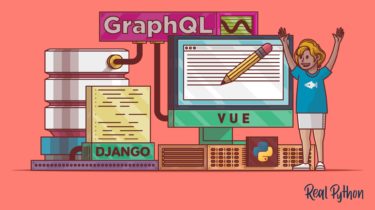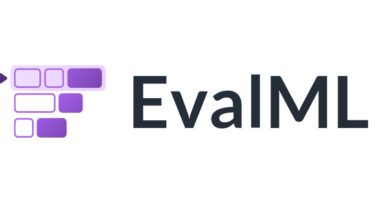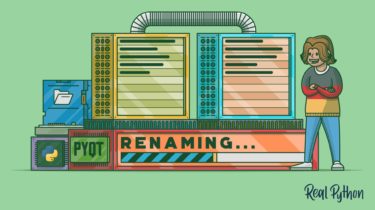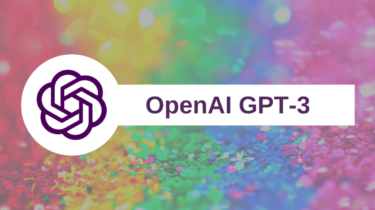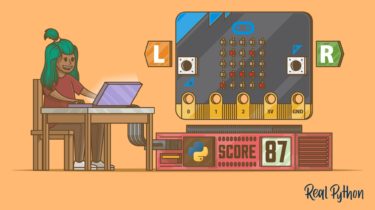How to Set Up a Django Project
When you start building any new Django web application, there’s a basic setup you need to tackle first. This course outlines the necessary steps to set up a Django project. During this course, you’ll focus on the initial steps you’ll need to take to start a new web application. You should first have Python installed and you should know how to work with virtual environments and Python’s package manager, pip. You won’t need much programming knowledge to follow along with […]
Read more